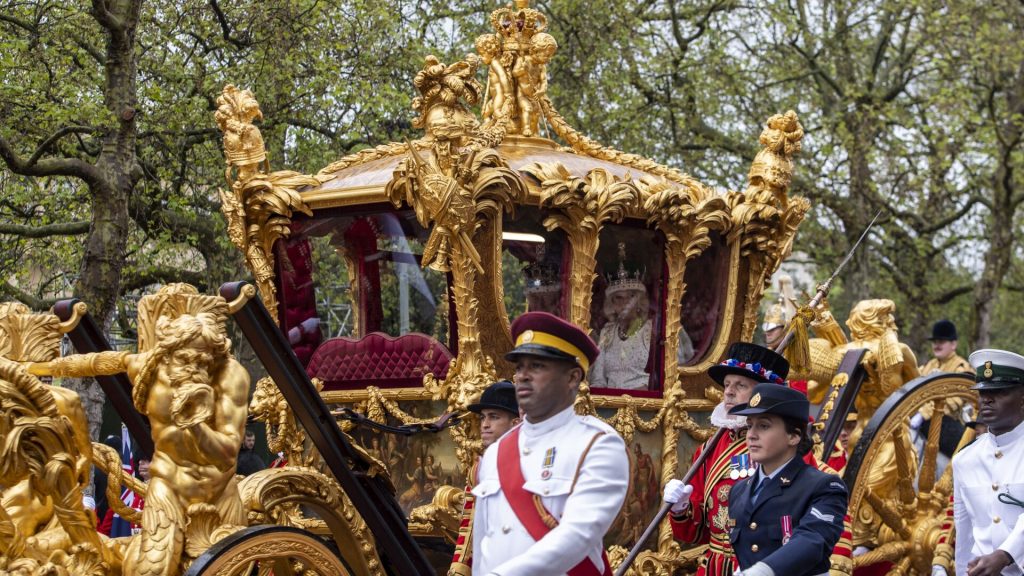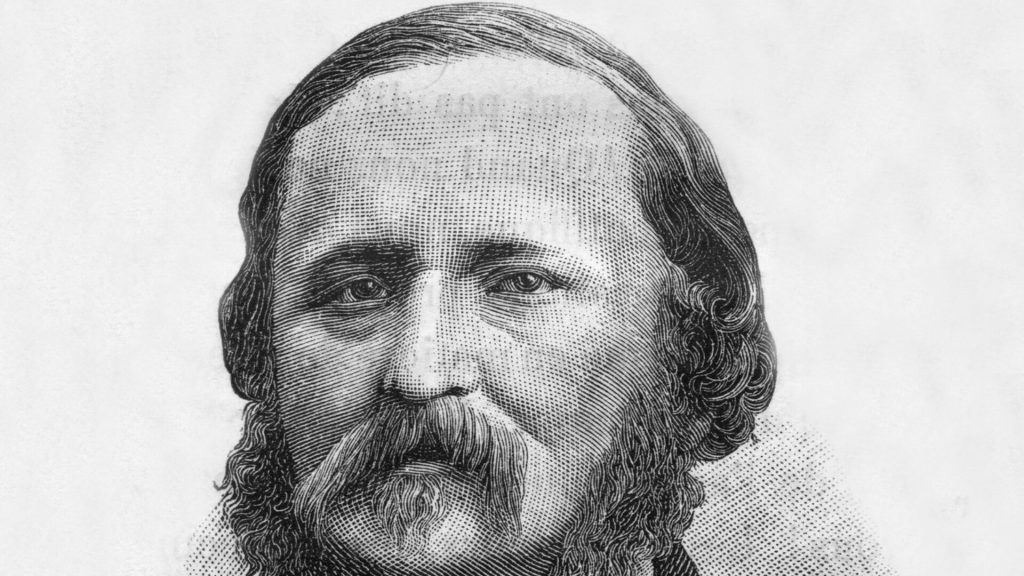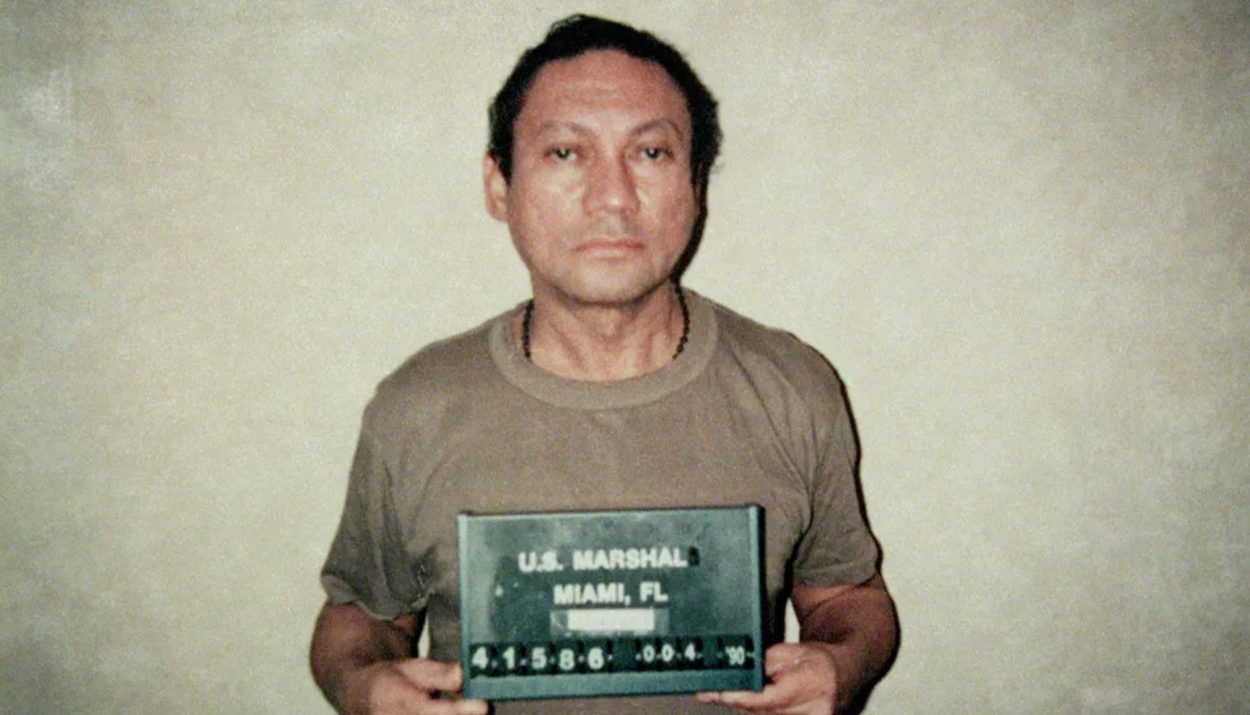In many ways, April 9 is a historic and special day. At various times in the past, this day witnessed happy events, like a royal wedding and a groundbreaking invention. But on other occasions, this day saw terrible tragedies.
Let’s look at 10 of the most interesting, intriguing, and life-changing events that occurred on April 9.
Prince Charles Married Camilla Parker Bowles – 2005
Prince Charles – who is now King Charles – married Lady Diana, Princess of Wales, in 1981 even though it was common knowledge that he was in love with someone else, Camilla Parker Bowles. Despite his love for Camilla, Charles couldn’t marry her when he was young because he was bound by old-fashioned royal restrictions … and Camilla was a divorced woman.

After Charles and Diana divorced in 1996, Charles resumed his relationship with Camilla – although most claim he never ended the relationship. Finally, on April 9, 2005, Charles married the love of his life, Camilla Parker Bowles.
Robert Jenkins’ Lost an Ear and Sparked a War – 1731
On April 9, 1731, British merchant ship captain Robert Jenkins had a fateful encounter with Spanish sailors in the Caribbean. During the altercation, a Spanish sailor sliced off one of Jenkins’ ears. In the coming years, Jenkins’ severed ear was a point of contention between the British and the Spanish, who were clashing over other issues – colonial territory claims, smuggling allegations, and coveted trade routes.

In 1739, Spain and England were engaged in an all-out war. The name of that conflict? The War of Jenkins’ Ear, of course. This oddly named war ended in 1748.
Manuel Noriega Was Found Guilty of Drug and Racketeering Charges – 1992
Manuel Noriega ruled Panama like a dictator. He used his position and the Panamanian military to traffic drugs and line his own pockets. In 1989, the United States invaded Panama to oust Noriega from power. He was taken into custody on January 3, 1990, and charged with ten counts of drug and racketeering charges.

Manuel Noriega’s trial started in September 1991. On April 9, 1992, he was found guilty on eight of the ten charges against him. He was sentenced to 40 years in prison for his crimes.
Dike Break in Poland Flooded Gdansk and Killed 1,200 People – 1829
The Polish city of Gdansk, now called Danzig, dates back to the 10th century. It was built in a delta near the mouth of the Motlawa River where it meets the Baltic Sea. To protect the city from flooding, the people of Gdansk had long relied on earthen dikes to keep flood water from reaching the city.

On April 9, 1829, however, one of the dikes failed and a catastrophic flood struck the city. More than three-fourths of Gdansk was flooded by more than eleven feet of water. More than 1,200 people were killed. Determined to prevent another devastating flood, more protective measures were added. Today, Gdansk has one of the best flood protection infrastructures, which combines dikes, berms, ditches, culverts, reservoirs, and pumping stations.
The Houston Astrodome Opened – 1965
Houston’s mayor envisioned an indoor, air-conditioned sports stadium that would make watching baseball a pleasurable event. The people of Houston and surrounding Harris County approved the plan. The hope was that if they built it, they will come … that a state-of-the-art, indoor stadium would attract a major league baseball team to come to Houston.

The plan worked. The Houston Astrodome opened for business on April 9, 1965, and served as the home of the Houston Colts, Houston Astros, and Houston Oilers. Although the Astrodome was a space-agey facility, it now sits unused and unoccupied.
Robert E. Lee and the Confederate Army Surrendered – 1865
After four years, one month, and two weeks of fighting, the American Civil War ended on April 9, 1865, when Confederate General Robert E. Lee surrendered to Union General Ulysses S. Grant. Lee had no other choice but to surrender his 28,000 troops after he was ousted from Richmond, the Confederate capital.

The actual surrender took place on the steps of the Appomattox Courthouse in Appomattox, Virginia. With Lee’s surrender, the long and bloody Civil War was over.
All the President’s Men Debuted – 1976
Dustin Hoffman and Robert Redford starred as investigative journalists Carl Bernstein and Bob Woodward in the blockbuster film, All the President’s Men, which debuted on April 9, 1976. Based on Woodward and Bernstein’s non-fiction book of the same name, the movie detailed their investigation into the Watergate break-in and subsequent cover-up.

The movie was the top-grossing film of the time and was nominated for eight Academy Awards, including Best Film. All the President’s Men helped the public better understand the complexity of the Watergate Scandal, which led to the resignation of President Richard Nixon.
The First Recording of a Human Voice Was Made – 1860
On April 9, 1860, French inventor Edouard-Leon Scott de Martinville made what is believed to be the earliest-known recording of a human voice when he recorded himself singing, “Au Clair de la Lune,” a French folk song. He made the recording on a device he invented called the phonautograph.

Two years prior, Martinville patented his sound recording device. The recording was reexamined in 2008 when it was discovered that it was not a 10-second recording of a child singing, but rather a 20-second recording of a man, possibly Martinville himself, singing the song.
Dr. Martin Luther King, Jr. Was Buried in Atlanta – 1968
Dr. Martin Luther King, Jr. was assassinated in Memphis, Tennessee, on April 4, 1968. Five days later, on April 9, 1968, he was buried in the same cemetery where his parents were buried, South-View Cemetery in Atlanta, Georgia.

In 1970, King’s body was reinterred at the newly built Freedom Hall. Now called the Martin Luther King, Jr. National Historical Park, the facility now has a reflecting pool and educational displays denoting his extraordinary life.
12-Year-Old Edward V Became King of England … Sort Of – 1483
When King Edward IV died, the English crown passed to his oldest son. Twelve-year-old Edward V became the King of England, however he was never crowned. He and his younger brother – collectively known as the Princes in the Tower – were placed under the care of their uncle, who had other plans for them.

Edward V and his brother were, by most accounts, held captive in the Tower of London – where they either starved to death or were murdered – while their uncle seized the throne as King Richard III.






